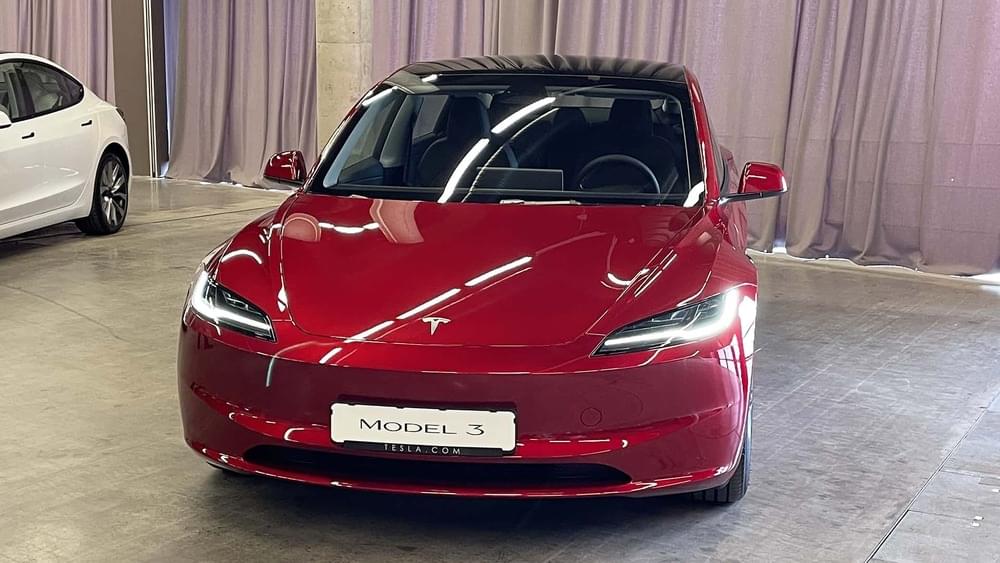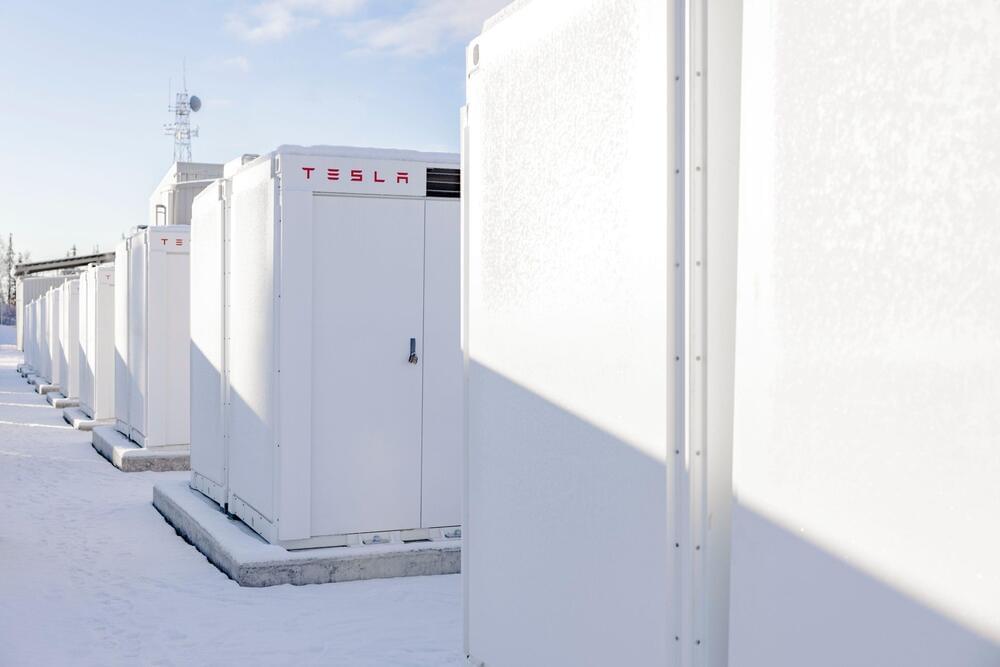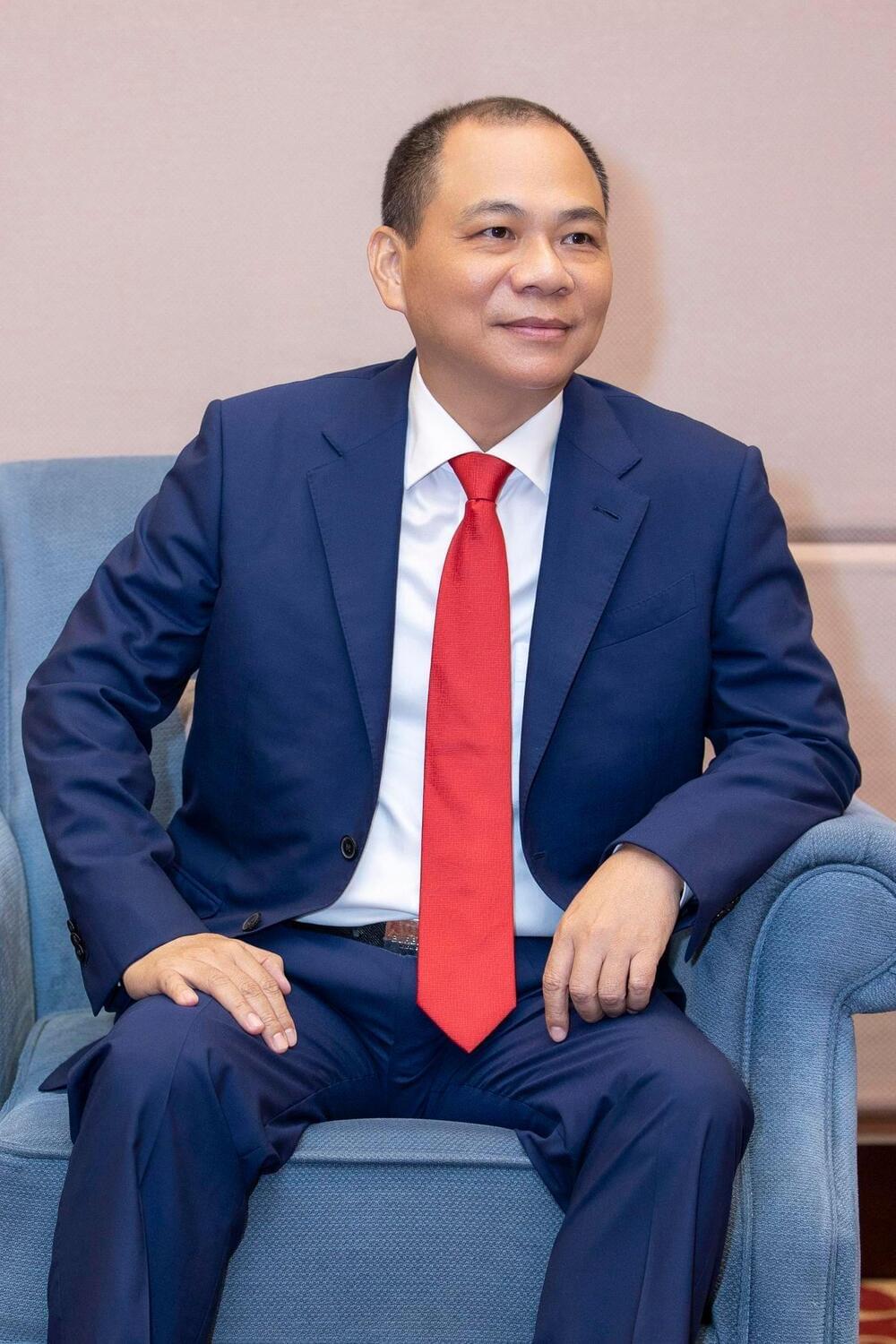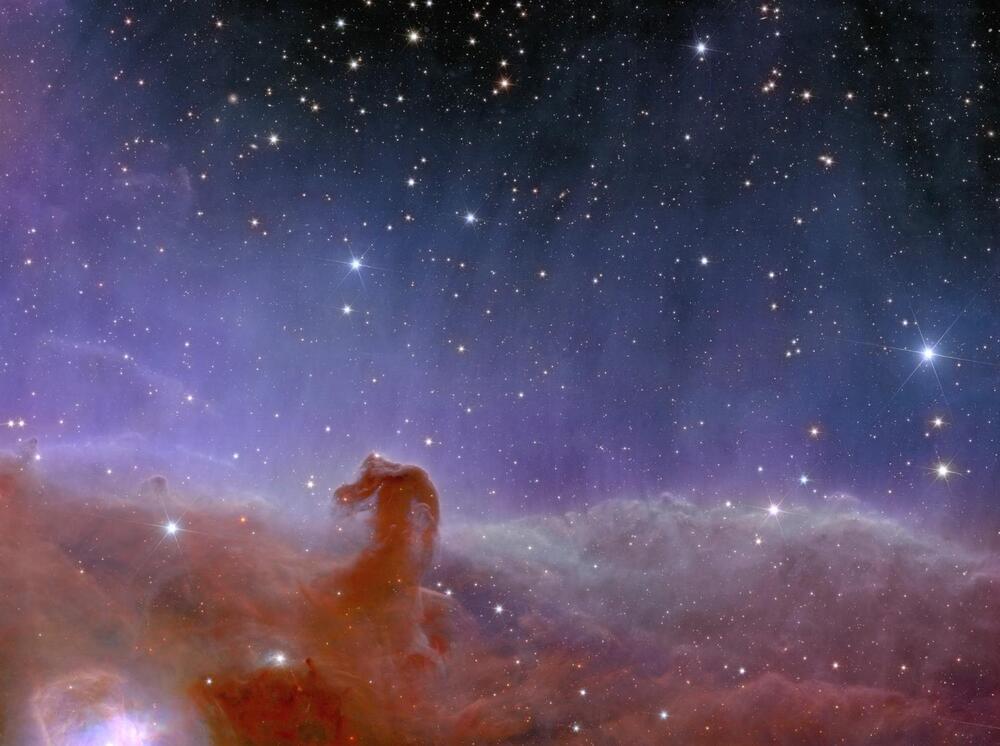Last year, Tesla submitted plans to the city of Los Angeles for a charging station equipped with a 24-hour diner and drive-in theater. The electric-car maker plans to build the luxury supercharger station at 7,001 West Santa Monica Boulevard in Hollywood, according to Bloomberg.
Tesla began construction on the project in September, Forbes reported. Musk also provided more details on the project in August after the company’s plans were reportedly approved by the city.
“Our Tesla futuristic diner (Grease meets The Jetsons with Supercharging) in LA should be ready later this year,” Musk wrote on X, formerly known as Twitter.









